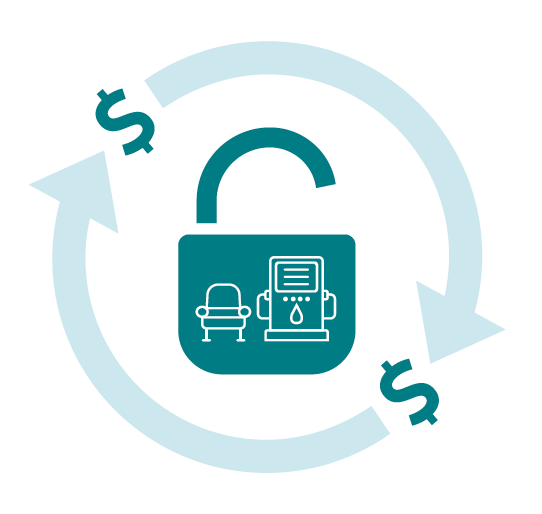
From the Field
The readers of this column are all too familiar with the physical and emotional challenges faced by patients with end-stage renal disease (ESRD). For these patients, dialysis facilities serve as a lifeline, not only providing life-sustaining treatment, but often assisting patients with rides to and from treatment, assisting with insurance issues, and ensuring access to adequate nutrition. Unfortunately, despite the critical nature of this care, many dialysis facilities face significant financial challenges, primarily due to reimbursement not keeping pace with the significant cost increases that arose during the pandemic. Advocacy for improved reimbursement is not just a matter of ensuring the financial viability of these facilities, but also a vital step toward guaranteeing continued and enhanced access to lifesaving care for ESRD patients.
In the complex web of health care funding, dialysis centers, particularly those serving a large Medicare population, often operate on thin margins. The reimbursement rates set by the Centers for Medicare & Medicaid Services (CMS) and other insurers frequently do not cover the actual costs of providing high-quality dialysis treatments. Recently, CMS announced their proposed changes to the base rate for 2024, and unfortunately the proposal does little to close the gap between cost of treatment and reimbursement. The discrepancies between the costs of care and reimbursement can hinder these facilities’ abilities to maintain and upgrade equipment, hire skilled staff, and expand services to meet growing patient needs.
Advocacy for improved reimbursement is crucial to ensuring continued access to care. Without adequate funding, some dialysis facilities might be forced to close their doors, leaving ESRD patients with limited options. In rural and underserved areas, where dialysis centers might already be few and far between, even a single facility’s closure can have devastating consequences. There are several rural facilities that I have worked with that have many patients who have no other feasible options for dialysis. The next nearest facility is hours away and the patients are not candidates for home dialysis.
With the prevalence of ESRD expected to rise due to factors like an aging population and increasing rates of diabetes and hypertension, it is crucial that dialysis facilities are prepared to meet this growing demand. Adequate reimbursement can provide these centers with the funds necessary to expand and meet the needs of a medically fragile population. In busy metropolitan areas there are facilities that are at capacity, as are the neighboring facilities. Patients not on their census have no options other than the local emergency department for obtaining treatment.
Dialysis care requires skilled professionals, including nephrologists, specialized nurses, technicians, and social workers. Competitive salaries and benefits, made possible by improved reimbursement rates, ensure that dialysis facilities are able to hire and retain care teams that will not only provide quality dialysis care, but also work to address social determinants of health that prevent many people from accessing home dialysis.
Advocating for adequate reimbursement for dialysis treatments is likely the only way to bring about satisfactory change. There are several ways stakeholders can advocate for and help to bring about change, such as initiating public awareness campaigns, collaborating with patient advocacy groups, engaging with policymakers and lawmakers on a local and national level individually or with the help of an association, highlighting the financial implications, and staying updated.
Ensuring optimal care for ESRD patients is not just a moral imperative but a societal one. As we navigate the intricacies of health care funding and policy, it is crucial to remember that at the heart of these debates are real individuals whose lives depend on the decisions made. Advocacy for improved reimbursement for dialysis facilities is more than a financial discussion; it is about safeguarding a vulnerable population’s right to health and life. The time to act is now.
Sarah Tolson is the director of operations for Sceptre Management Solutions, Inc., a company specializing in billing for outpatient ESRD dialysis programs, nephrology practices, and interventional nephrology. Your questions are welcome, and she can be reached at stolson@sceptremanagement.com, 801.775.8010, or via Sceptre’s website, www.sceptremanagement.com.







 © 2025 Mashup Media, LLC, a Formedics Property. All Rights Reserved.
© 2025 Mashup Media, LLC, a Formedics Property. All Rights Reserved.